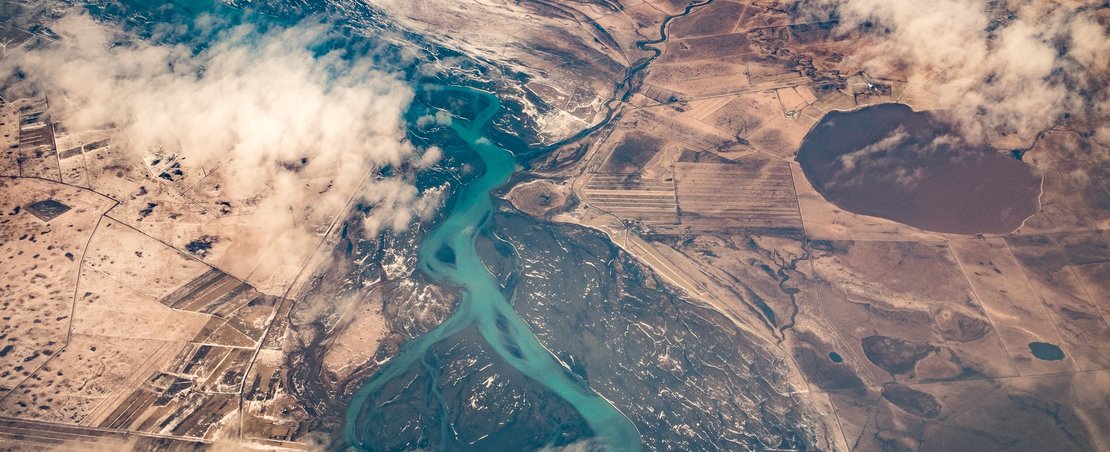
Multinational organisations are collaborating in the open to build an openly licensed map of the world: OpenStreetMap. Here’s what we’ve learned so far about what makes this kind of collaboration work best
OpenStreetMap, launched in 2004, has grown into one of the most successful collaboratively maintained open datasets in the world. Today, contributors to the maps include not just keen local mappers, but also a diverse mix of commercial organisations, non-governmental organisations, humanitarian organisations, and also large commercial organisations.
- The Microsoft Open Maps team has recently released open data on building footprints in the US. Microsoft was among the first to release satellite imagery for use by OpenStreetMap and the images are now integrated into the default editor. It also has a community of mappers directly contributing to OpenStreetMap in Australia.
- Apple has an internal volunteer programme that has around 5,000 staff contributing to Missing Maps, they’ve released building data for France and Denmark, and are engaged with data improvement projects around the world.
- Facebook is exploring how artificial intelligence-assisted tracing can help to improve the quality of OpenStreetMap data in Thailand.
- DigitalGlobe has made its satellite imagery available under a licence that will allow it to be used by the OpenStreetMap community to improve their mapping efforts.
- Telenav launched OpenStreetCam to help collect openly-licensed street imagery and has now released open data and code to explore how machine learning can enable the images to be used to improve OpenStreetMap with stop signs and turn directions.
At the State of the Map conference in Milan, the teams from Microsoft, Apple and Facebook presented their projects, describing how they are working with communities.
There were many common factors that made these projects successful. These included:
- Understanding and aligning the company’s policies with those of the global and local OpenStreetMap community to understand how they can work together towards common goals
- Publicly documenting their plans and goals so that the community was clear about what problems were being addressed and why
- Becoming contributing members of the community, making sure that each contributor has a clear affiliation and has been trained to work effectively with the community
- Engaging with the community wherever they are: on mailing lists, through comments on updates, via GitHub or through a mix of social messaging applications
- Listening to the needs of the community and supporting them to fix problems with their local maps, eg helping to fix local data quality problems, like incomplete or inaccurate areas, and not just focusing on their own objectives
- Being responsive to questions and concerns when raised, and importantly taking on feedback from local expert contributors to help improve how they work
- Supporting the community in advocating for more open data from local governments and other organisations, and helping them solve data licensing issues
- Publishing data and code under open licences so they can be used as resources by the community
- Taking on some of the maintenance and mentoring work to help support the community, eg by reviewing edits and helping to improve quality issues that might otherwise be left to the community mappers
Each of these organisations is meeting their own business objectives by contributing to OpenStreetMap. And it’s also helped them to better serve their customers and users.
Working in the open
These approaches go beyond the evolving guidelines of the OSM community and demonstrate a commitment to working in the open, in collaboration and partnership with the OpenStreetMap community. Any of these organisations have the resources to create independent initiatives but instead have chosen to engage with an existing project.
Working in the open, to deliver equitable value from data, can help large organisations like Facebook to build trust with their users.
There are perhaps some lessons here for other collaborative, community-owned open data initiatives. For example: being clear about how and where you would like commercial support and contributions. And the means by which organisations can engage with your work.
For example, OpenStreetMap UK was formed to make it easier for organisations of all types to engage with the UK OpenStreetMap community. Having a clear contact point can help organisations who are not used to working in the open to reach out to existing communities.
Our national and global data infrastructure can be stronger if we use open data, open source and open innovation as a tool for collaboration. OpenStreetMap is proving to be a great example of how this can work in practice.
State of the Map
At the ODI we work with companies and governments to build an open, trustworthy data ecosystem. To do that we need to build a sustainable and well-managed data infrastructure that creates the best social and economic value from data for everyone.
As part of our R&D project on open geospatial data, we attended the State of the Map conference in Milan. Our goal was to learn more about the OpenStreetMap ecosystem and how a diverse mix of communities, organisations and governments are collaborating to create an open map of the world.
You can read more about what we learned in our previous blog post. In this post we wanted to share a bit more about how large organisations like Microsoft, Apple, Facebook and Telenav are working in the open with the OpenStreetMap community.
If you work for a commercial organisation working with OpenStreetMap data, especially in the UK, we’d love to hear about your experiences working with the OpenStreetMap community, the data and the value you’re creating from openly licensed geospatial data. Contact Leigh Dodds